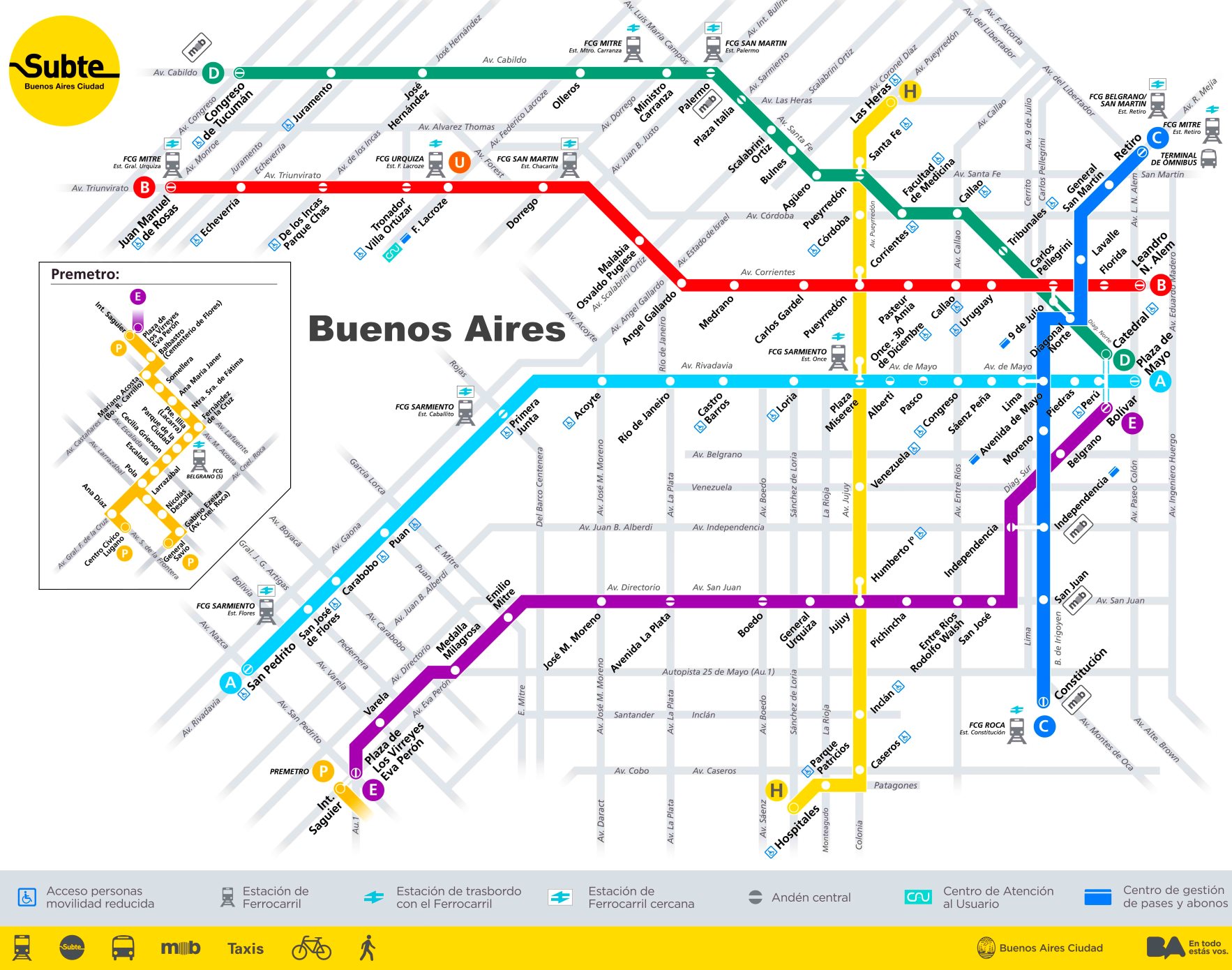
Buenos Aires metro map
Buenos Aires' Metro system is a fantastic tool for getting to know the city and its people. The lines of the Buenos Aires subway system. One of the most significant public transportation networks in the nation is the Metro in Buenos Aires. It is the second largest metro system in South America, with six lines and more than 100 stations.

Subte (metro) de Buenos Aires, tarifas, líneas, horarios 101viajes
The Buenos Aires metro, better known as Subte, opened in 1913, becoming the first underground transportation network in Latin America and in the entire southern hemisphere. Although for many locals the metro is the best way to get around Buenos Aires, from a tourist point of view, the network is not very extensive , as there are areas where no.

Lineas Del Metro Imagen Imagen Ideas
Watch this video ad-free on Nebula: https://nebula.tv/videos/rmtransit-the-most-storied-metro-system-buenos-aires-subte-explainedBuenos Aires has one of the.
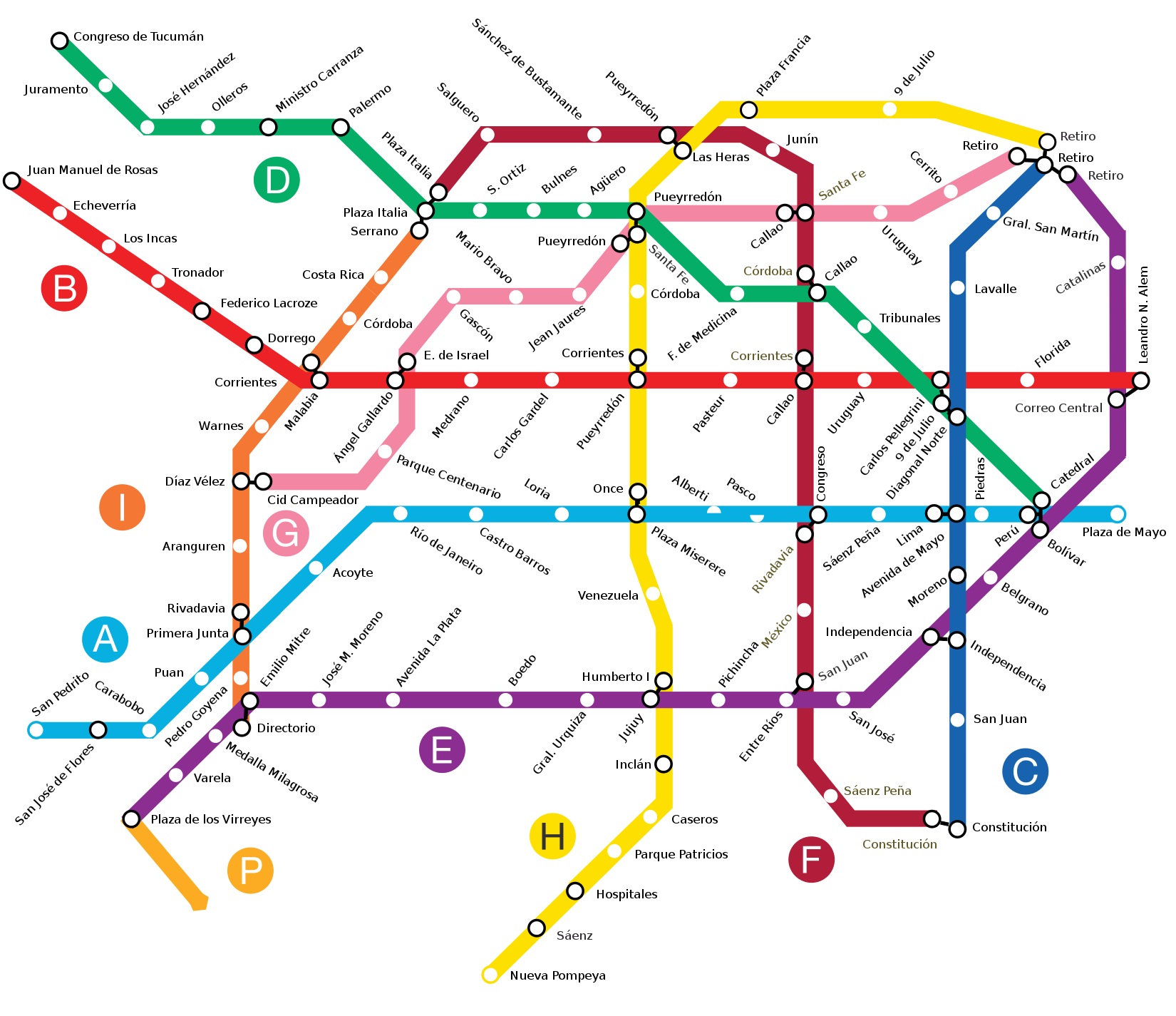
Subway Map Of Buenos Aires Mapa Metro Images and Photos finder
The Buenos Aires Metropolitan Police was the police force under the authority of the Autonomous City of Buenos Aires. The force was created in 2010 and was composed of 1,850 officers. In 2016, the Buenos Aires Metropolitan Police and part of the Argentine Federal Police were merged to create the new Buenos Aires City Police force. The Buenos.
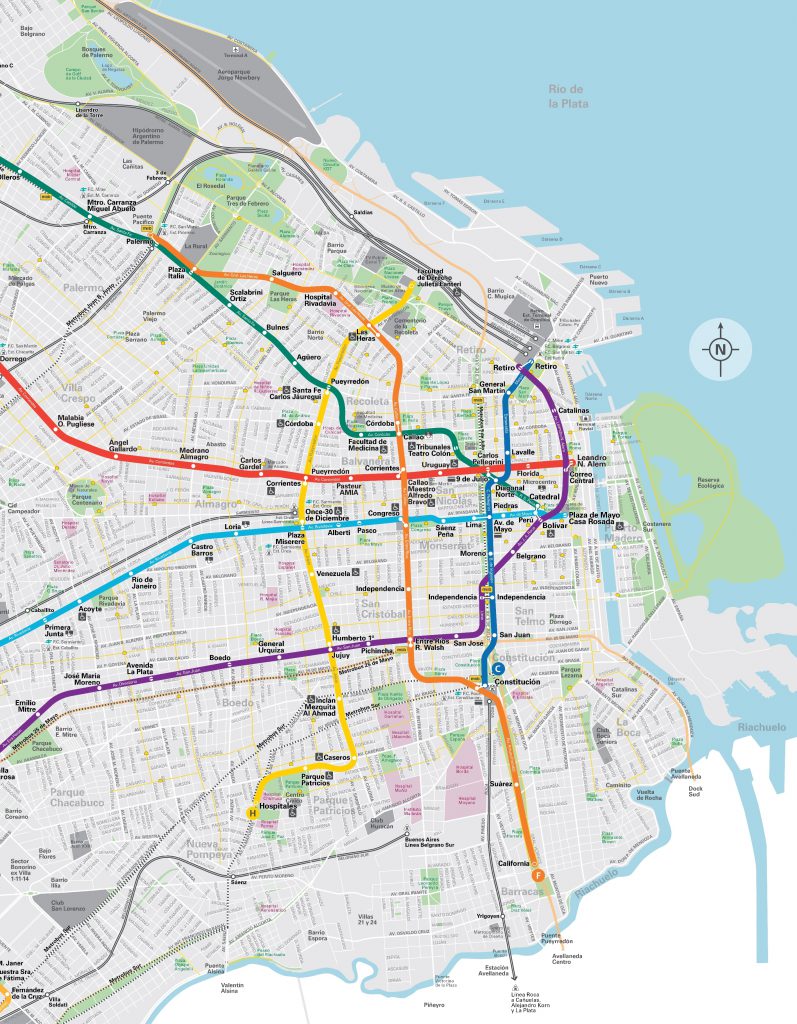
BuenosAiresmetrolineFmapLARGE797x1024 Via Trolebus
El Metro de Buenos Aires es el más antiguo de América Latina, el primero de todos los países hispano parlantes y del hemisferio sur.. Es conocido como Subte, así que debes llamarlo así porque sino probablemente no te entenderán.. Esta es la forma de transporte más sencilla de viajar por Buenos Aires, pues cuenta con 6 líneas que en conjunto recorren más de 60 kilómetros.
/subte-metro-train-1044392030-758cda9d582b4d20bf1f190448944460.jpg)
Getting Around Buenos Aires Guide to Public Transportation
The Buenos Aires Underground (Spanish: Subterráneo de Buenos Aires), locally known as Subte (Spanish:), is a rapid transit system that serves the area of the city of Buenos Aires, Argentina.The first section of this network (Plaza de Mayo-Plaza Miserere) opened in 1913, making it the 13th subway in the world and the first underground railway in Latin America, the Southern Hemisphere, and.
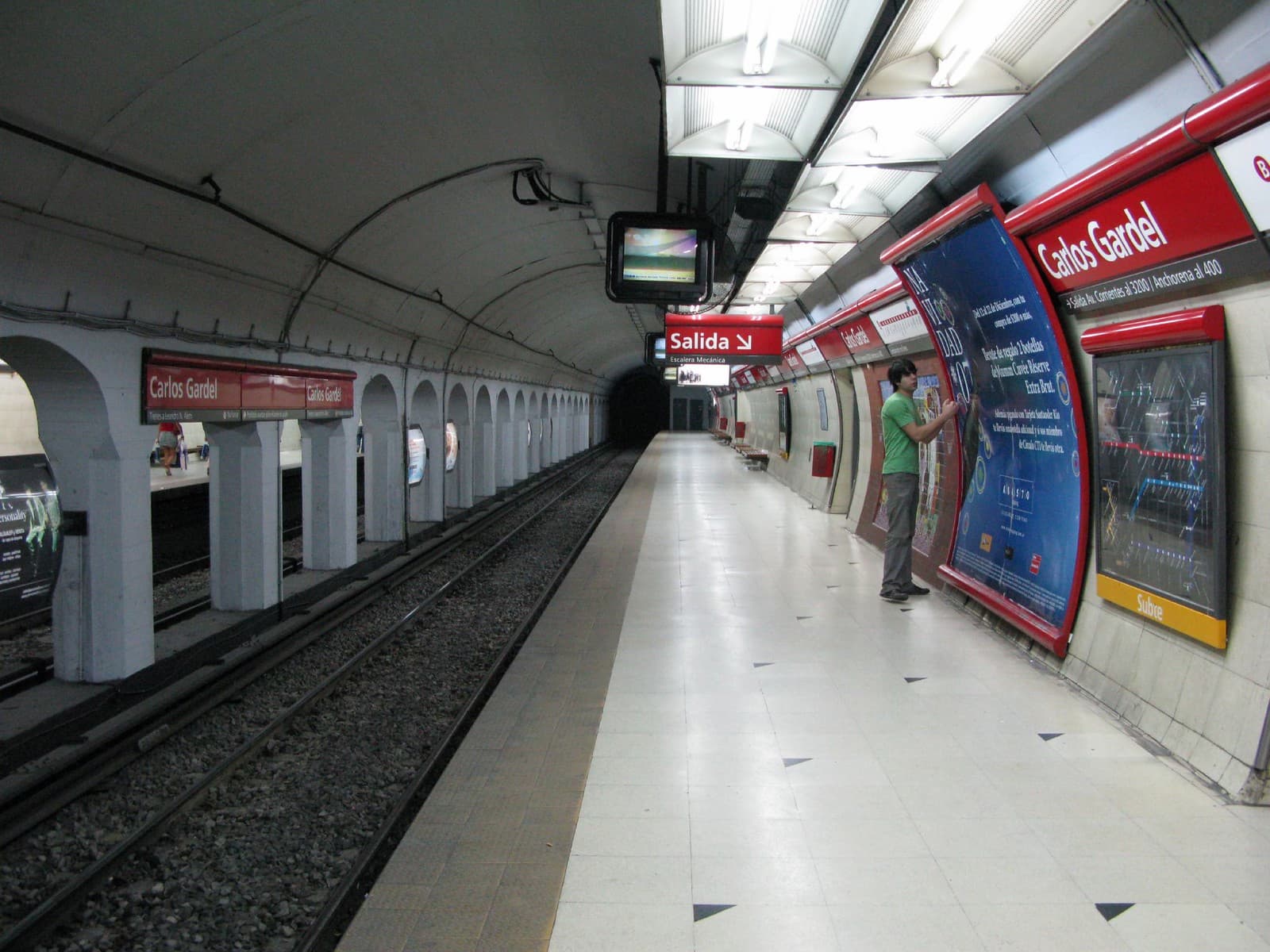
Metrô de Buenos Aires (Subte) Guia Completo para Turistas em 2023
The Buenos Aires metro -- called the subte-- is the fastest, cheapest way to get around. Buses are also convenient, though less commonly used by tourists. Get maps of metro and bus lines from tourist offices and most hotels. (Ask for the QuickGuide Buenos Aires if it's available.) All metro stations are supposed to have maps on hand, but they.

Tudo sobre o metrô em Buenos Aires Aguiar Buenos Aires
There are two airports in Buenos Aires: Aeroparque Jorge Newbery, for domestic flights only, and Ministro Pistarini International Airport, also called Ezeiza International Airport, which is the city's international airport. The city has a metro system, called Buenos Aires Underground, or also called Subte by the locals.The metro is ridden by over 1.5 million people per day.
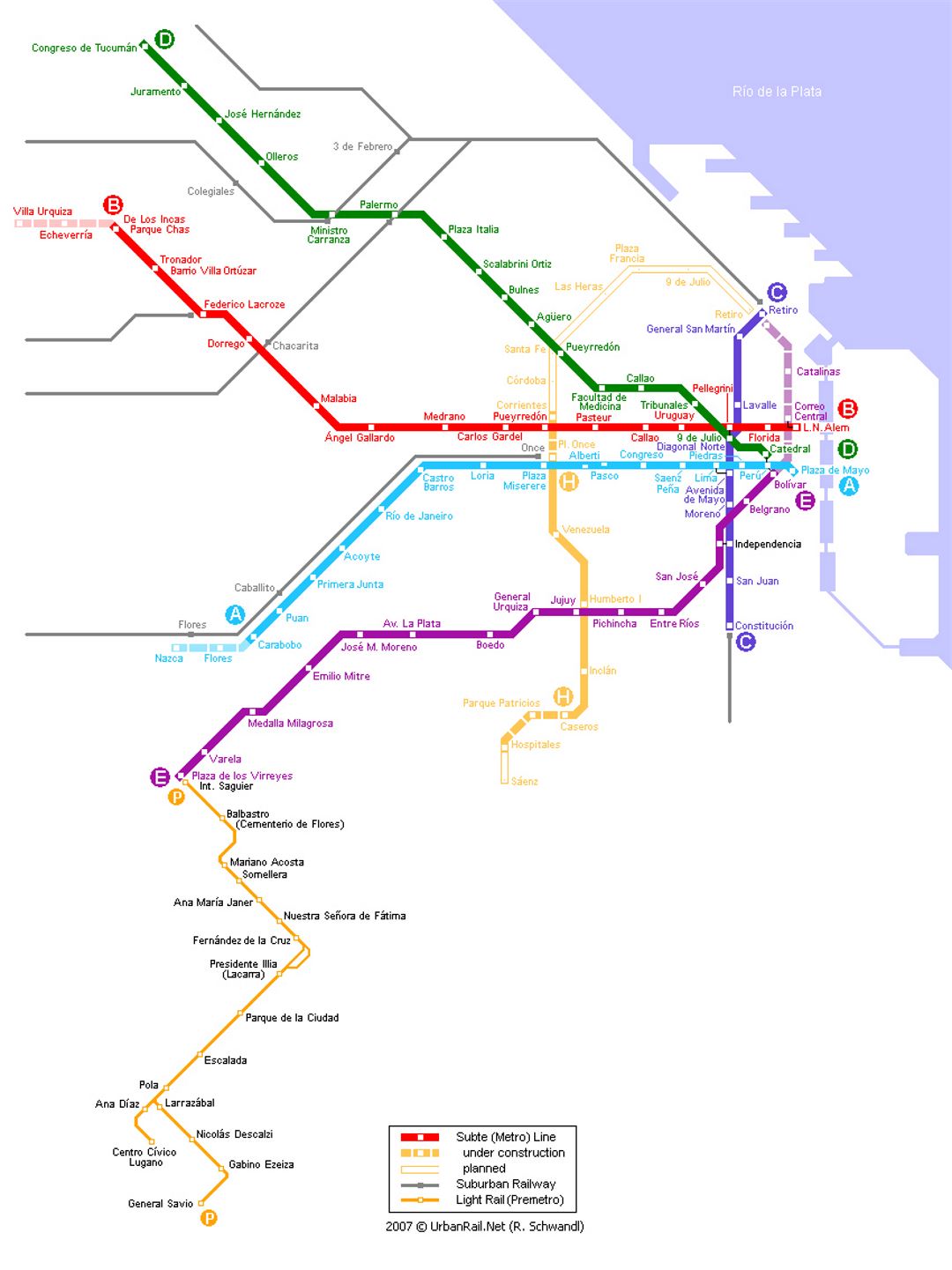
Metro map of Buenos Aires Buenos Aires Argentina South America
SUBTE. Buenos Aires, the capital of Argentina, is one of South America's biggest cities with 3 million inhabitants (Ciudad Autónoma de Buenos Aires) and 12 million in the larger metropolitan area (Gran Buenos Aires). For a city of this size the metro network is still very small although it's by far the oldest subway in South America.
.png)
Buenos Aires Metro Map (subway) •
Buenos Aires' Subte network is the oldest in South America. The first line was inaugurated in 1913. It's often the quickest way to move around the city, as long as you are traveling between locations that are served by connecting lines on the network (many places aren't). During rush hour (8am to 9am and 5pm to 7pm), trains are crowded.
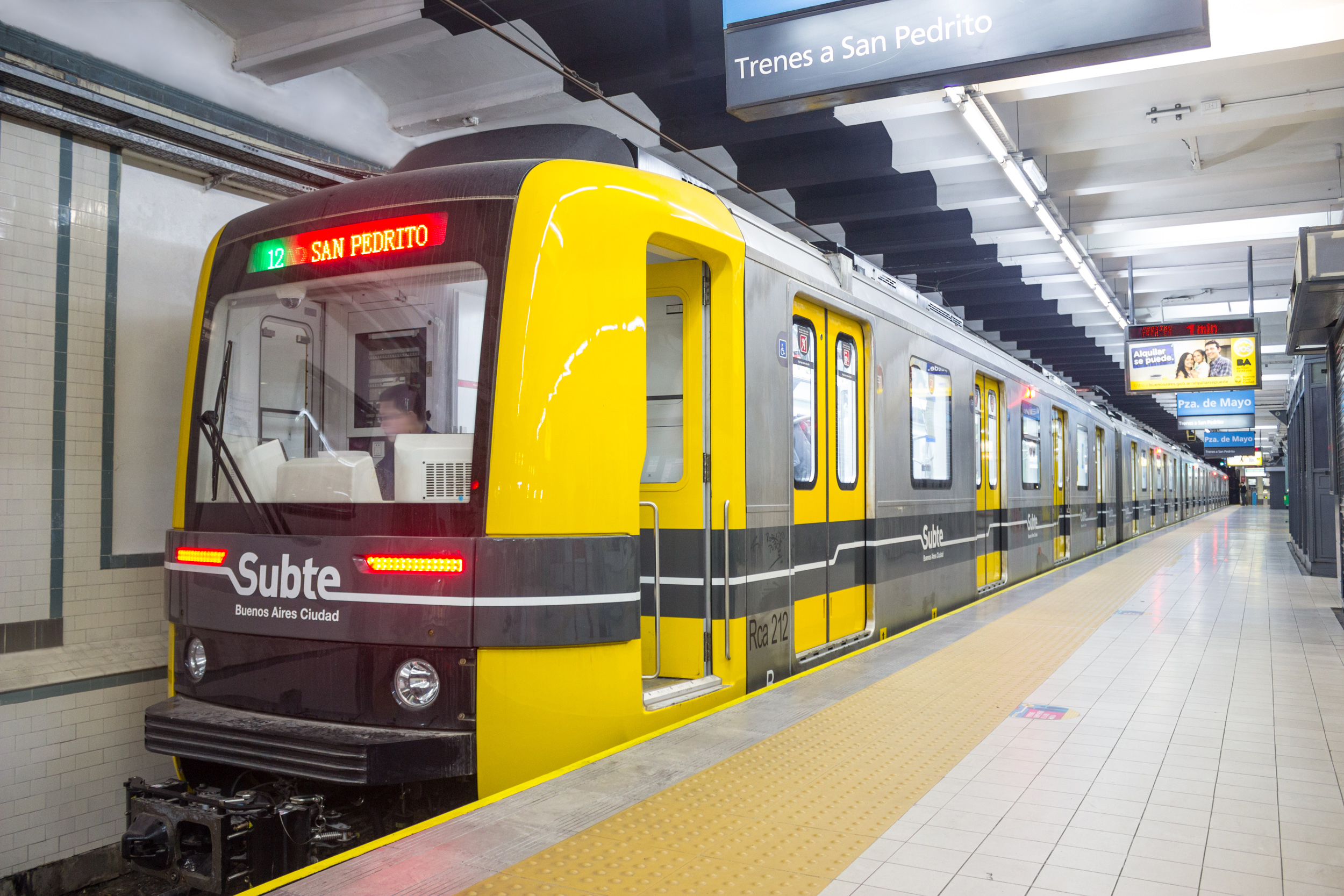
metrobuenosaires Via Trolebus
The Buenos Aires Underground was opened in December 1913, making it the first underground system in Latin America. The system consists of 6 lines and 86 stations. Travel time from terminus to terminus varies from 13 minutes to 27 minutes, depending on the line. Train frequency is around 3 minutes on business days and from 6 to 8 minutes on.

BUENOS AIRES Riding the iconic 🚇 subway (metro) in Argentina, let's go
Buenos Aires also has other rail mass transportation in addition to the subway. Adding all the systems (subway, premetro and commuter rail ) the metropolitan network of Buenos Aires rail exceeds 880 km long and transports annually around 700 million passengers, around 900,000 passengers a day.

Buenos Aires Underground Metro maps + Lines, Routes, Schedules
Buenos Aires Underground Lines. Currently, Buenos Aires serves through 6 underground lines. All the 6 lines are identified by different colors. Some new lines are under planning stage. Line A - Line A which is light blue in color started operation in 1913 and it is the oldest line of the Buenos Aires metro. The metro runs from Plaza de Mayo.

Buenos Aires Underground Metro maps + Lines, Routes, Schedules
Going through the turnstile and onto the platform. The sube card is simply swiped on the turnstile's card reader to gain entrance to the station. Once you've heard the beep that states your card has been charged, head through the turnstile, onto the platform and wait. As the subway is warm all year round and sauna-like during summer, it's.

Buenos Aires Underground Metro maps + Lines, Routes, Schedules
The Buenos Aires metro map shows all the stations and lines of the Buenos Aires metro. This metro map of Buenos Aires will allow you to easily plan your routes in the metro of Buenos Aires in Argentina. The Buenos Aires metro map is downloadable in PDF, printable and free.
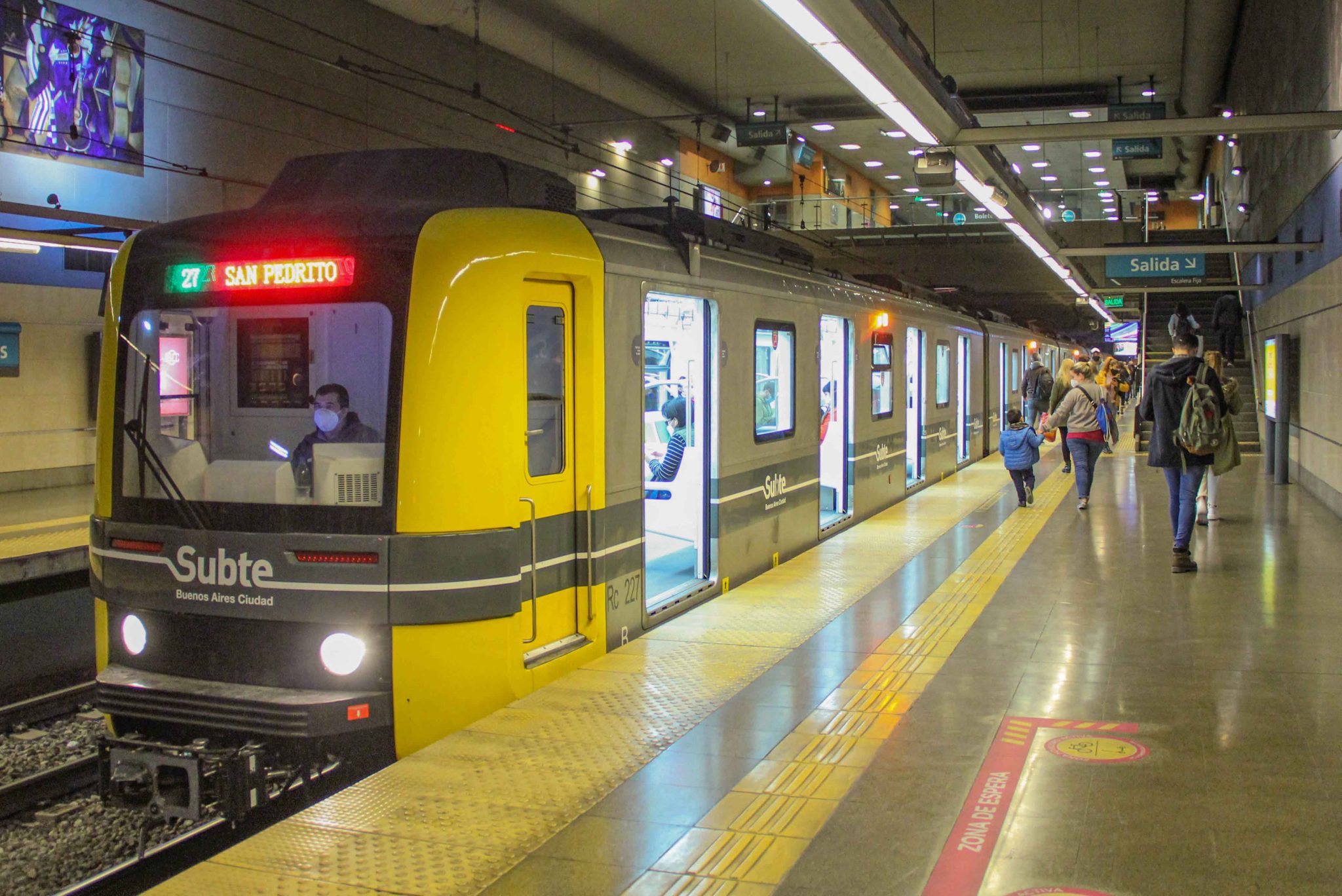
Alstom wins Buenos Aires metro train maintenance contract
Buenos Aires has a large, efficient public transport network, almost 40,000 licensed taxis, a hop-on, hop-off sightseeing bus, and a vast network of cycle lanes.. The Buenos Aires subte was the first underground metro (subway) system in Latin America (line A opened in 1913), and it's often the quickest way to get around the city, especially.